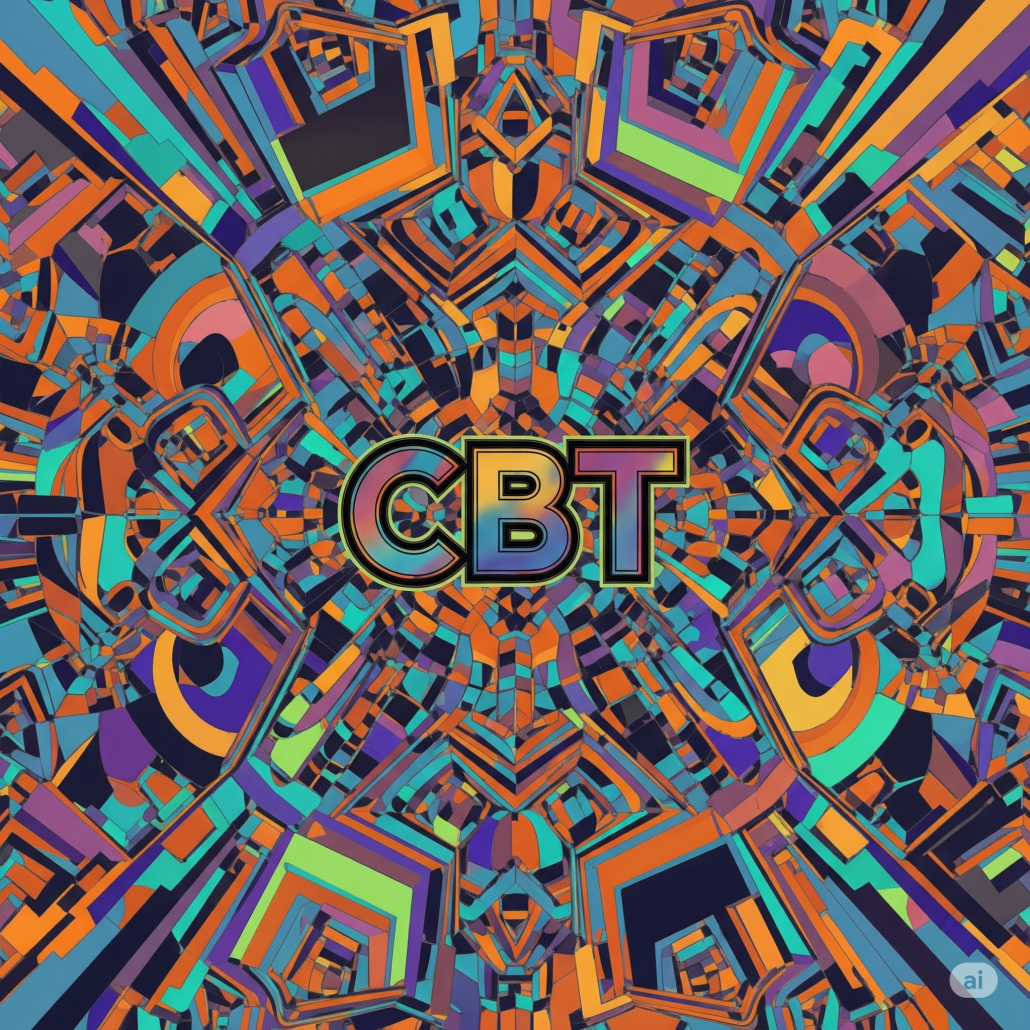In the vast and complex world of cannabis, Cannabicitran (CBT) stands out as a fascinating, albeit lesser-known, minor cannabinoid. While its more famous counterparts, THC and CBD, have dominated research and public attention, CBT is steadily gaining recognition for its unique properties and potential therapeutic applications.
What is Cannabicitran (CBT)?
CBT, or Cannabicitran, is a naturally occurring phytocannabinoid found in the Cannabis sativa L. plant, often in trace amounts. It was first isolated in 1974. Interestingly, it’s also a by-product of THC metabolism in the human body. Although its molecular structure is similar to CBD and THC, minor structural deviations result in distinct effects. There are, in fact, several structurally related CBT-based cannabinoids, with cannabicitran (CBT-C) being the most prominent, leading to the terms often being used interchangeably.
One of the most significant aspects of CBT is its non-intoxicating nature. Unlike THC, CBT does not produce the euphoric “high” associated with cannabis. This makes it an attractive subject for research into potential therapeutic uses without the psychoactive side effects.
Emerging Research and Potential Effects
Research into CBT is still in its early stages, but preliminary studies and anecdotal reports suggest a range of potential effects and benefits.
♦ Interested in high-quality CBD edibles and merchandise? Check out the FGE shop ♦
Recent studies have delved into the chiral properties of CBT. Chirality refers to molecules with non-superimposable mirror images (like left and right hands). It has been discovered that natural CBT is a racemic mixture, meaning it contains an equal mix of its two enantiomers (mirror-image forms). This discovery is significant because different enantiomers of a molecule can have distinct biological activities, influencing how they interact with the human body and their potential therapeutic effects. Further research is needed to understand the specific pharmacological profiles of these different CBT enantiomers.
Legal Status
The legal status of minor cannabinoids like CBT often mirrors that of hemp-derived cannabinoids in general. In the United States, the 2018 Farm Bill legalized hemp (Cannabis sativa L. with less than 0.3% Delta-9 THC on a dry weight basis) and its derivatives. As a result, CBT derived from hemp typically falls under this legal framework. However, the regulatory landscape for cannabinoids is still evolving, and consumers should always be aware of local laws and regulations.
Conclusion
Cannabicitran (CBT) represents an intriguing frontier in cannabinoid research. While much remains to be discovered about its full range of effects and therapeutic potential, early findings suggest it could offer unique benefits, particularly given its non-psychoactive nature. As scientific understanding progresses, CBT may emerge as a valuable compound in various health and wellness applications, contributing to the growing body of knowledge about the diverse capabilities of the cannabis plant.






